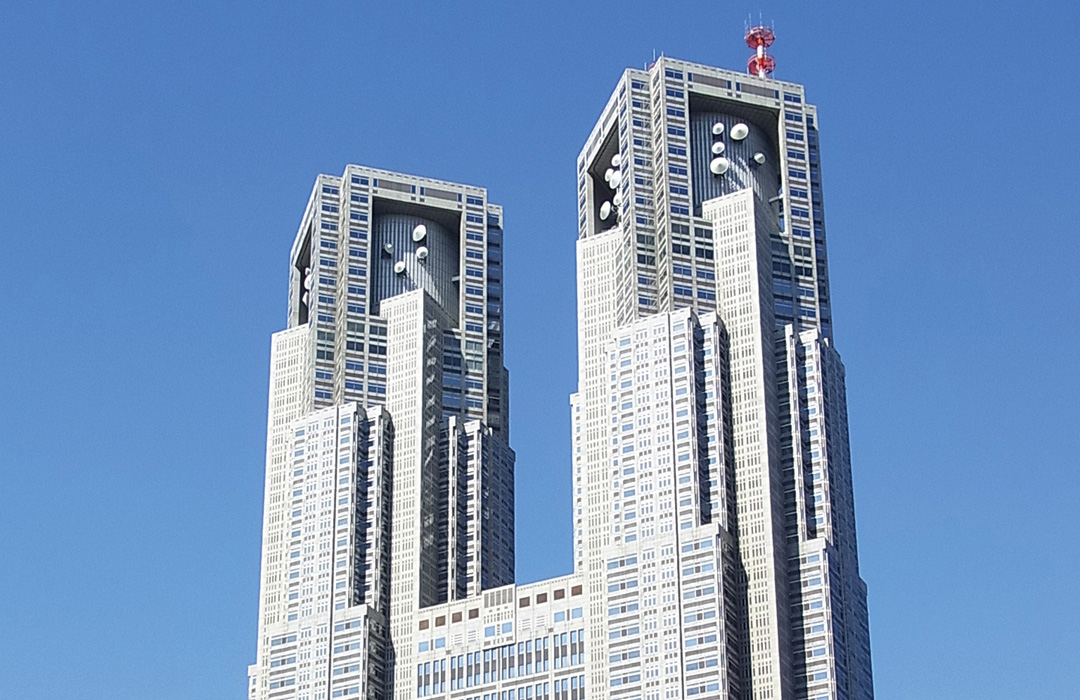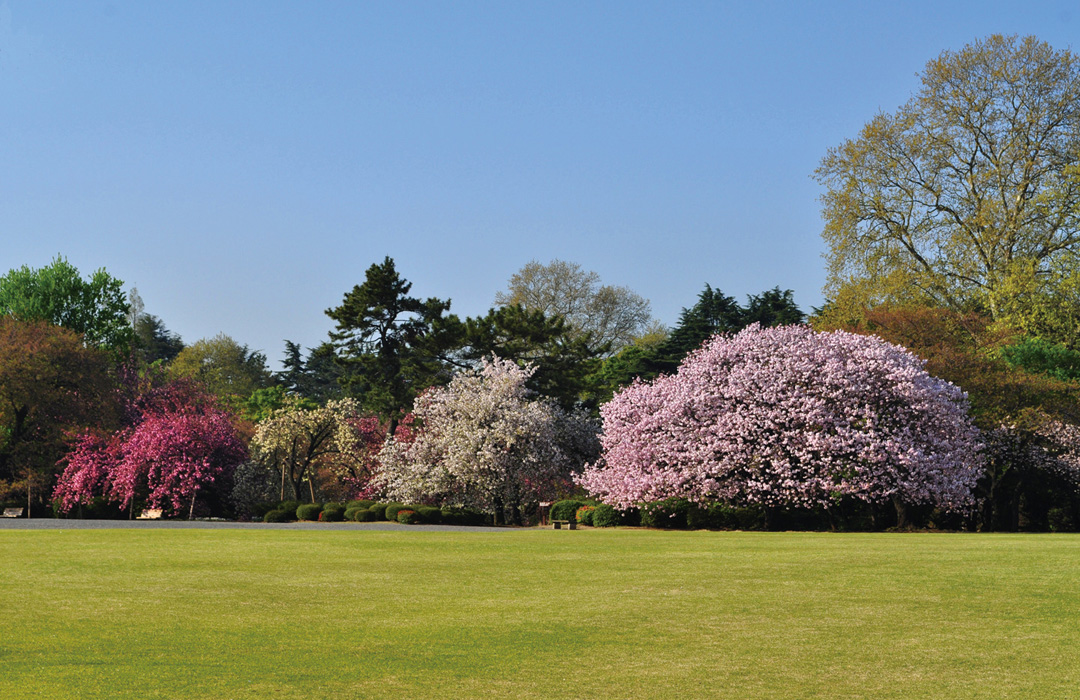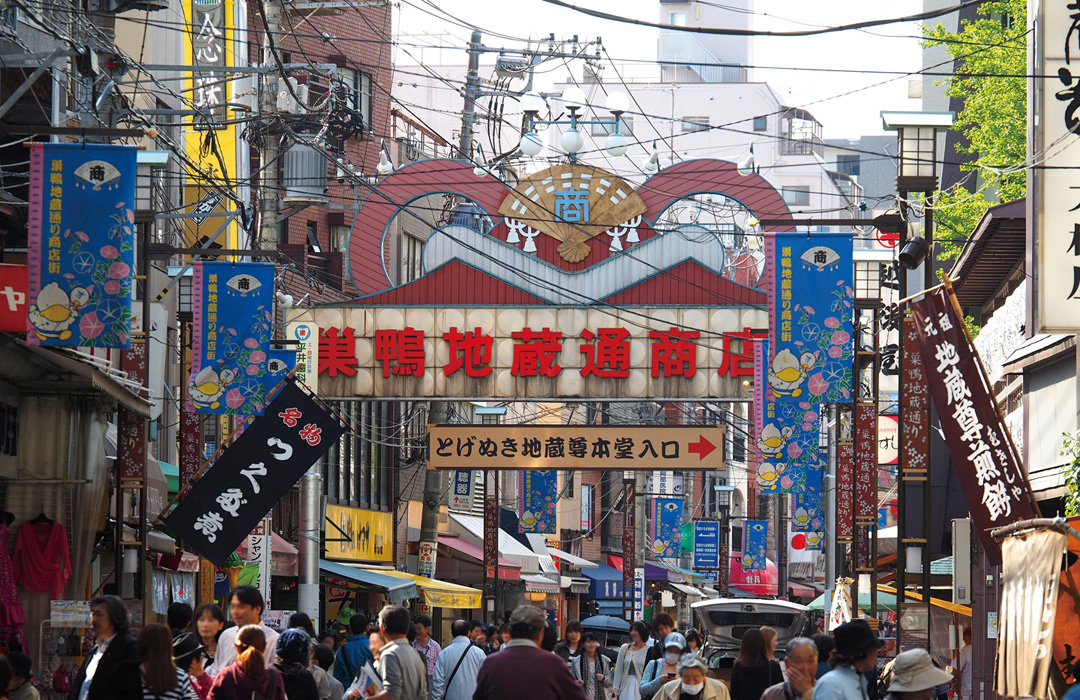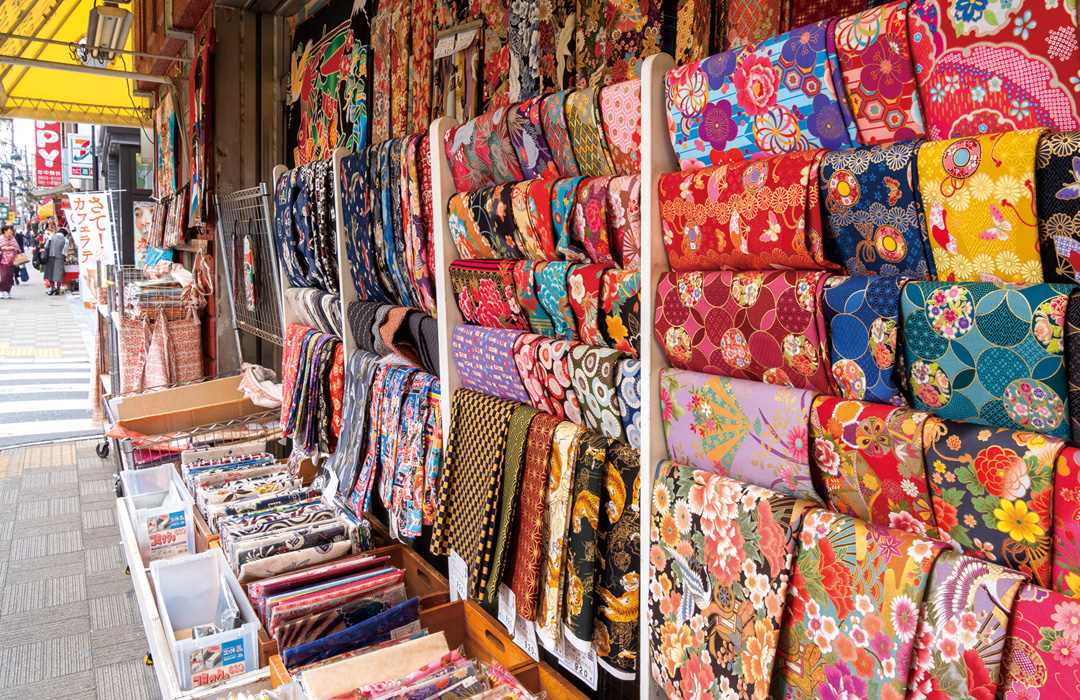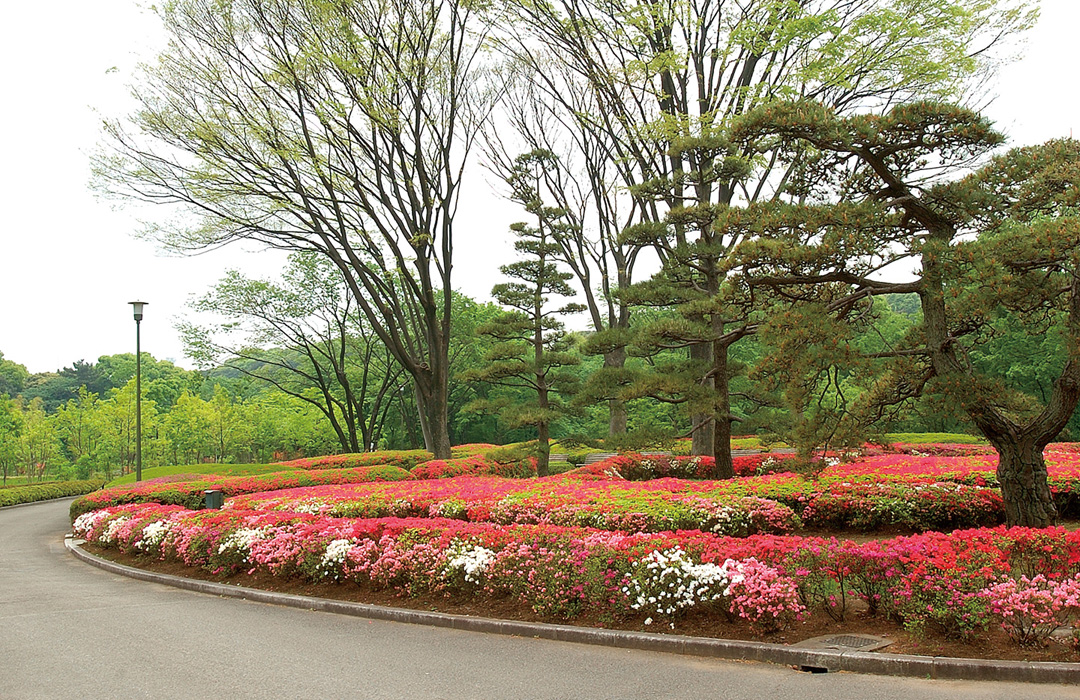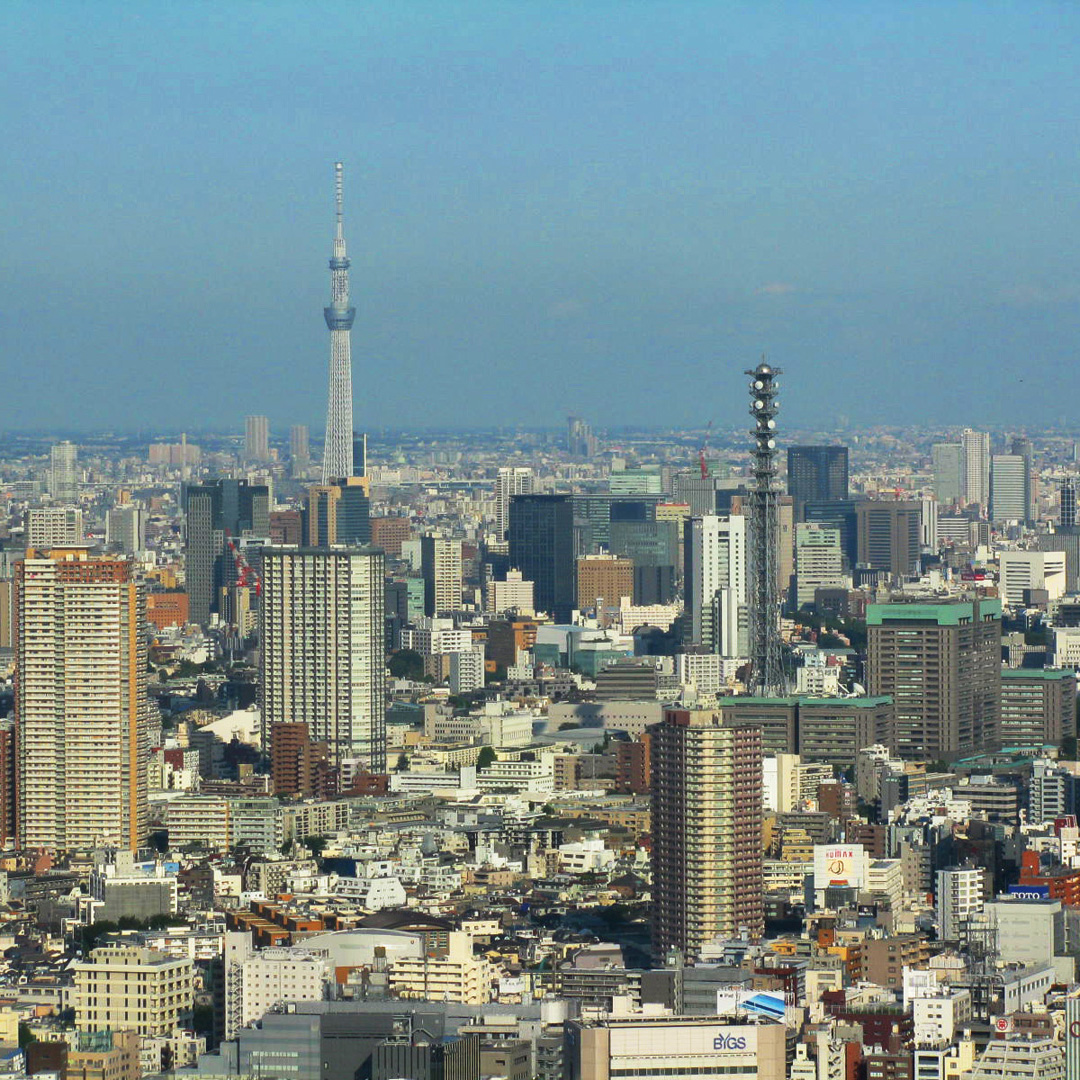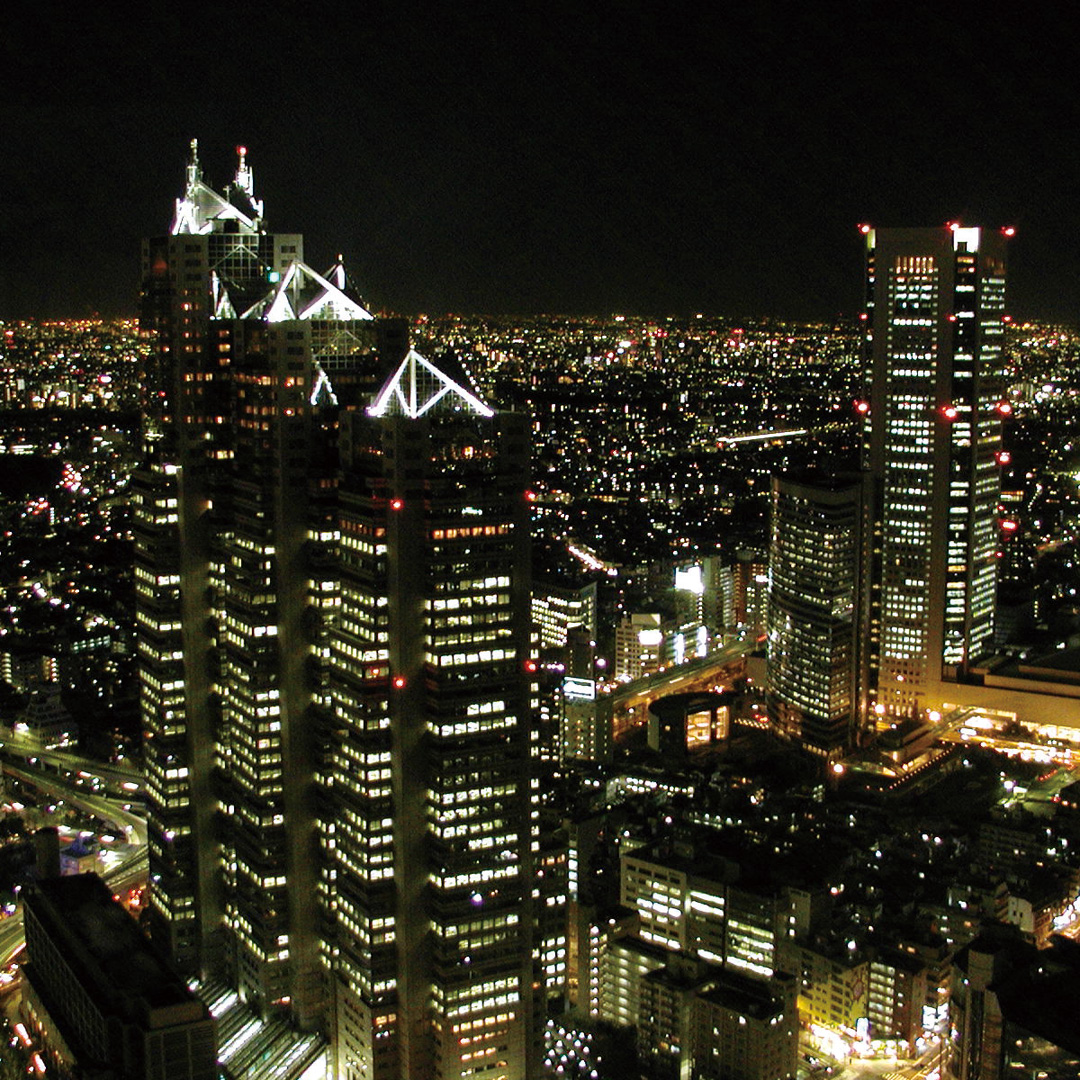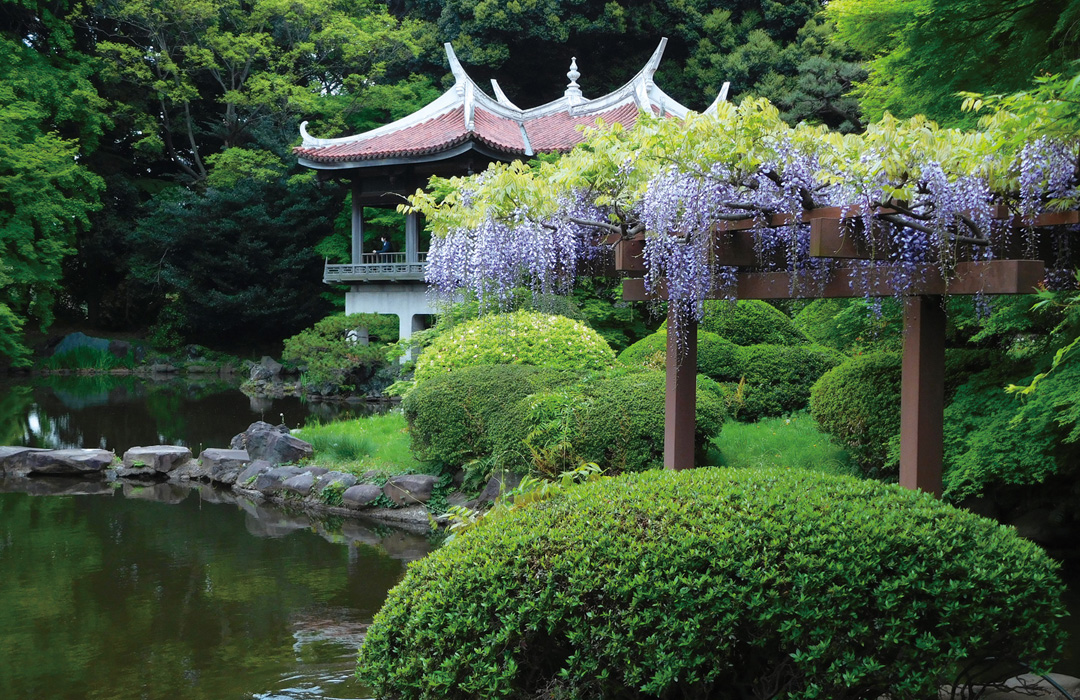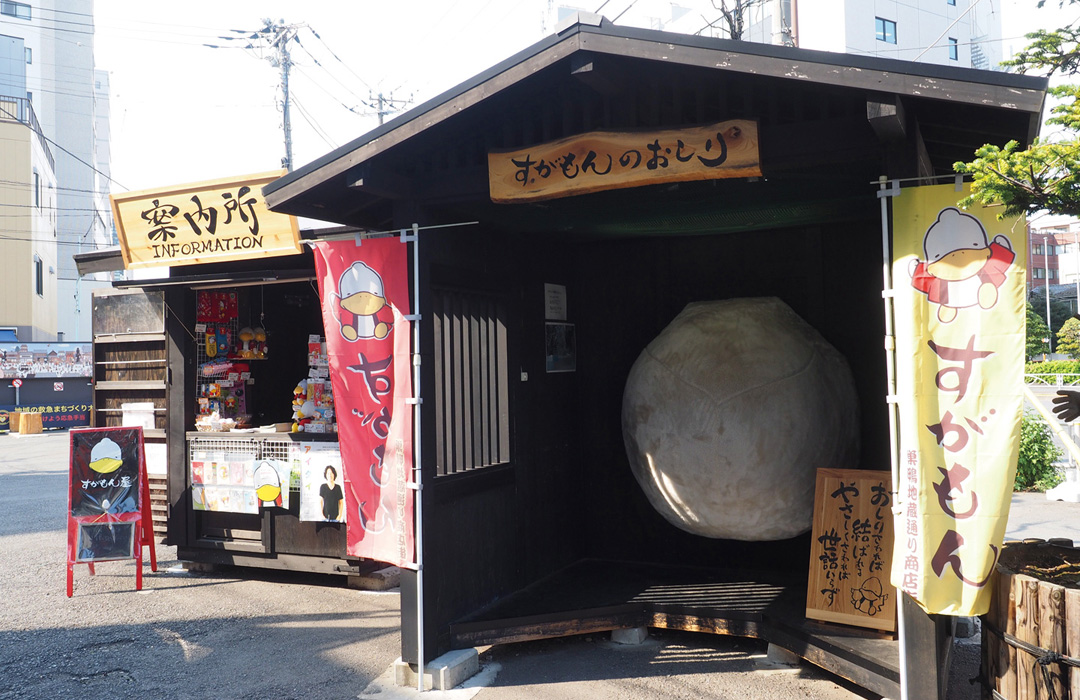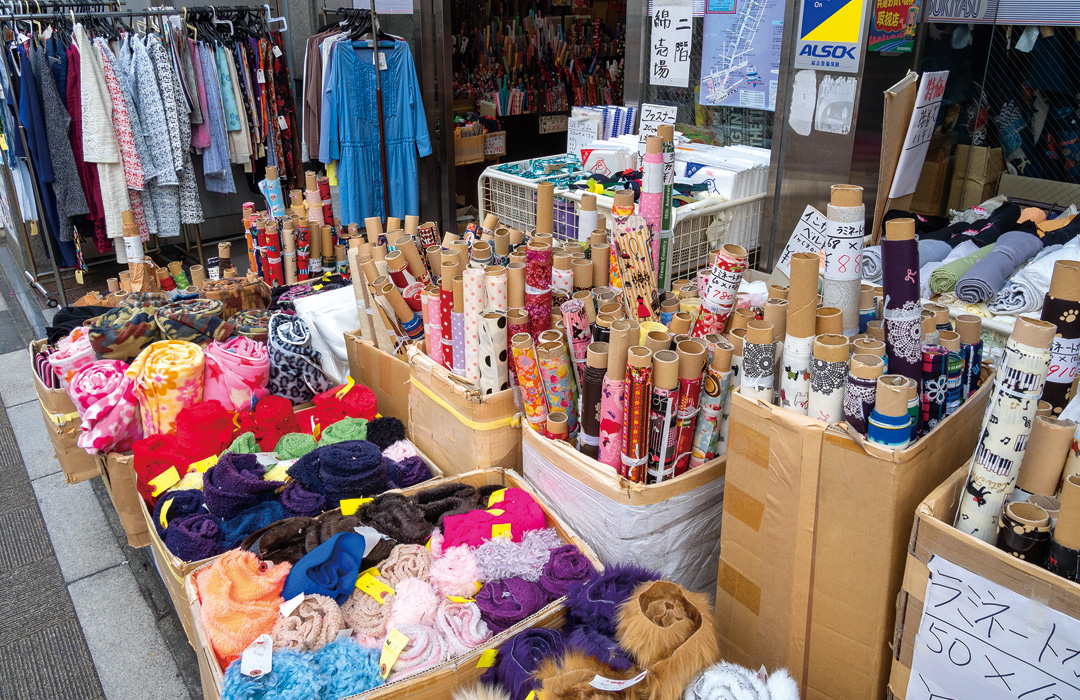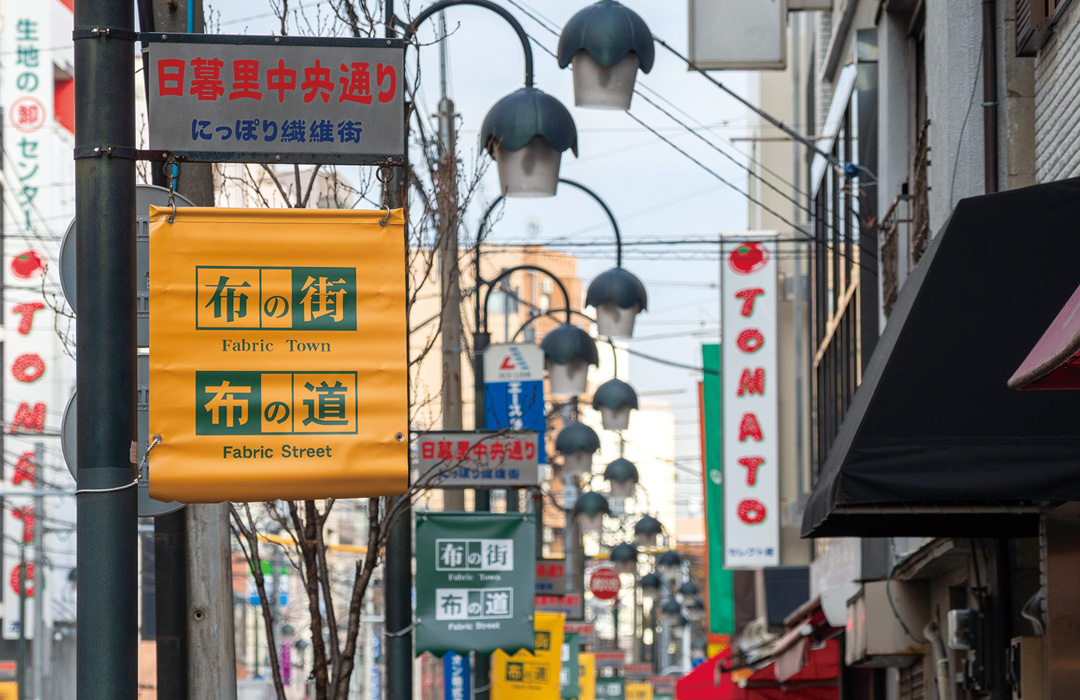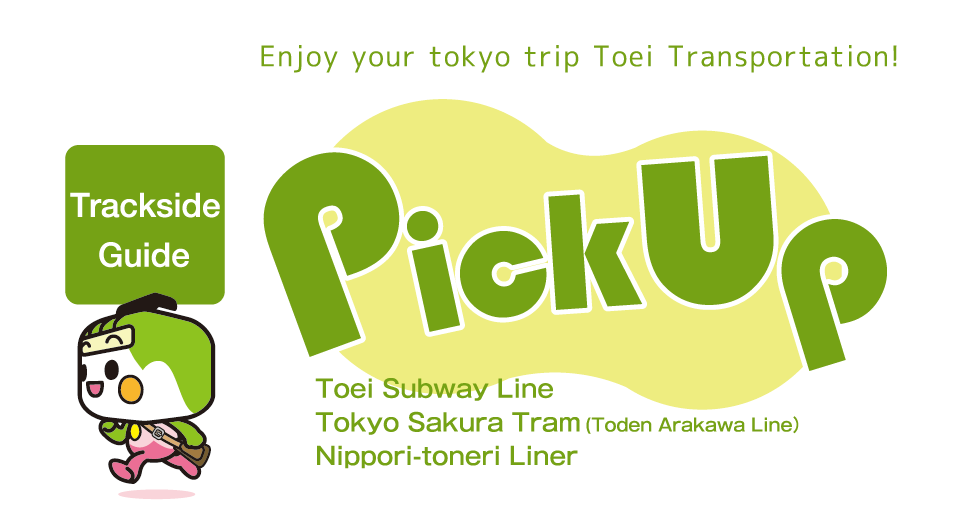
Welcome to Tokyo! Spots to feel the real Tokyo, the real Japan.
April
Crowds of sightseers come to Tokyo from all over the world. In this, the final spring of the Heisei era, let's have another look at spots where you can go and get a feel for Tokyo.
Kaminarimon Gate of Sensoji Temple
A symbol of Asakusa, guarded by Fujin and Raijin
Kaminarimon Gate is the main gate of Sensoji Temple, which has a history of about 1,400 years. Its official name is "Furaijinmon," meaning "Gate of the Gods of Wind and Thunder." The area in front of the huge 3.9 meter-high lantern is constantly thronged with sightseers from in and outside of Japan, and is a popular spot for taking photos. The base of the lantern is decorated with a dragon carving.
| Access |
A-18 5-min.walk from Asakusa Station on the Toei Asakusa Line. |
| Address | 2-3-1 Asakusa, Taito Ward |
| Inquiries | Sensoji Temple03-3842-0181 (9:30 a.m. - 4:00 p.m., except on Sundays and holidays) |
The East Gardens of the Imperial Palace
A garden with what remains of Edo Castle
The East Gardens were added to the grounds of the Imperial Palace and contain parts of the Honmaru, Ninomaru, and Sannomaru, that is, the main, secondary, and tertiary lines of defense for the old Edo Castle. They include groves of various trees and an expansive Japanese-style garden. Stroll around and see the vestiges of Edo Castle, such as the site of Fujimi-yagura and the foundation of the castle tower.
| Access |
I-09 5-min.walk from Otemachi Station on the Toei Mita Line. |
| Address | 1-1 Chiyoda, Chiyoda Ward |
| Hours | 9:00 a.m. - 4:30 p.m. (no admission after 4:00 p.m.) until April 14 (Sun.), 9:00 a.m. - 5:00 p.m. (no admission after 4:30 p.m.) from April 15 (Wed.) - August 31 |
| Closed | Closed on Monday and Friday (Tuesday if Monday is a holiday and the garden in open) *Closed on days when there is a special function or hindering circumstances. |
| Admission | free (by the Ote, Hirakawa, or Kitahanebashi Gate) |
| Inquiries | Imperial Household Agency03-3213-1111 |
Tokyo Metropolitan Government Building Observatories
Enjoy a grand Tokyo panorama - for free
Located on the 45th floor of the Tokyo Metropolitan Government Building, the observatories afford a panoramic view of Tokyo from 202 meters above the ground. When the air is clear and the weather is fair, you can even see Mount Fuji. The view of the Shinjuku district at night is also breathtaking.
| Access |
E-28 Right next to Tochomae Station on the Toei Oedo Line. |
| Address | 2-8-1 Nishi-Shinjuku, Shinjuku Ward |
| Hours | 9:30 a.m. - 11:00 p.m. (entry up to 30 minutes before closing) *The South Observatory is scheduled to reopen after remodeling on April 8 (Mon.). The North Observatory is scheduled to be closed beginning on May 1 (Wed., a holiday) for repair. |
| Closed | The South Observatory is closed on the 1st and 3rd Tuesday of each month, and the North Observatory, on the 2nd and 4th Monday of each month (if these days are holidays, they are closed on the next day) |
| Admission | Free |
| Inquiries | Observatories Hotline03-5320-7890(10:00 a.m. - 5:00 p.m. on weekdays only) |
Shinjuku Gyoen National Garden
Inner city oasis with beautiful seasonal scenery
This garden was opened in 1906 as an imperial garden. Measuring 58.3 hectares, its grounds are planted with more than 10,000 trees of species including the tulip tree and cherry. It consists of a formal garden lined with plane trees, a landscape garden featuring a big lawn, and a traditional Japanese-style garden. Each has a splendid beauty.
| Access |
S-02 5-min.walk from Shinjuku-sanchome Station on the Toei Shinjuku Line. |
| Address | 11 Naito-machi, Shinjuku Ward |
| Hours | 9:00 a.m. - 5:30 p.m. (closed at 6:00 p.m.) *Cherry blossoms are scheduled to be lit up at night in mid April. |
| Closed | Closed on Mondays (open every day until April 24) |
| Admission | General - 500 yen, Persons aged 65 or older and students (high school age and up) - 250 yen, Children of middle school age or younger - free |
| Inquiries | Shinjuku Gyoen National Garden Service Center03-3350-0151 |
Sugamojizou-dori Shopping Center
A lively town of festival-like energy day-by-day
Sometimes humorously referred to as a "Harajuku for Grannies," Sugamo was historically a thriving district along the old Nakasendo post road. It contains Koganji Temple, which is known for its statues of the two bodhisattvas: the Togenuki Jizo and Arai Kannon, as well as a wide variety of stores, some selling "shio-daifuku," a sweet bean cake seasoned with salt. On days of the month that end with a 4, the temple holds a festival and is lined with many stalls selling food and other items.
| Access |
I-15 2-min.walk from Sugamo Station on the Toei Mita Line.SA-21 2-min.walk from koshinzuka Station on the Tokyo Sakura Tram(Toden Arakawa Line). |
| Inquiries | Sugamojizou-dori Shopping Center Promotion Association03-3918-2101 |
Nippori Fabric Town
A street with everything related to fabrics
Nippori Fabric Town has more than 90 stores specializing in woven fabric goods in an area stretching for about 1 kilometer along Nippori Chuo-dori. Collectively, the stores offer an assortment of all kinds of items related to woven fabric, from textile goods to apparel-related accessories. Please note that many of the stores are closed on Sundays and holidays.
| Access |
NT-01 1-min.walk from Nippori Station 【NT-01】 on the Nippori-toneri Liner. |
| Inquiries | Nippori Fabric Wholesale Cooperative080-4792-8896 |









